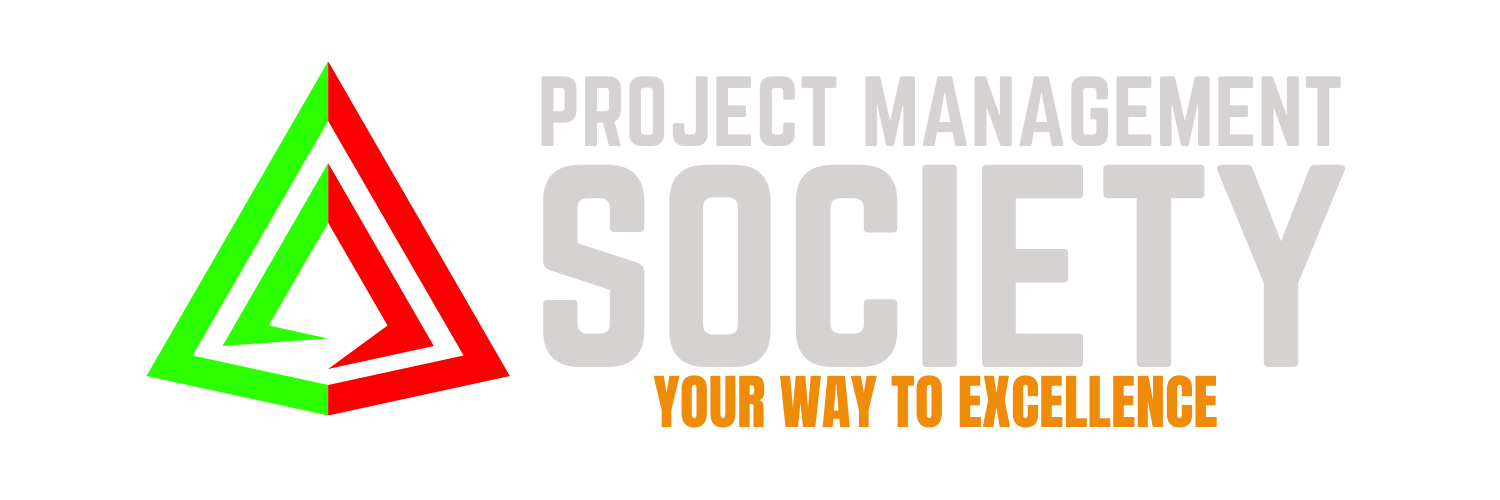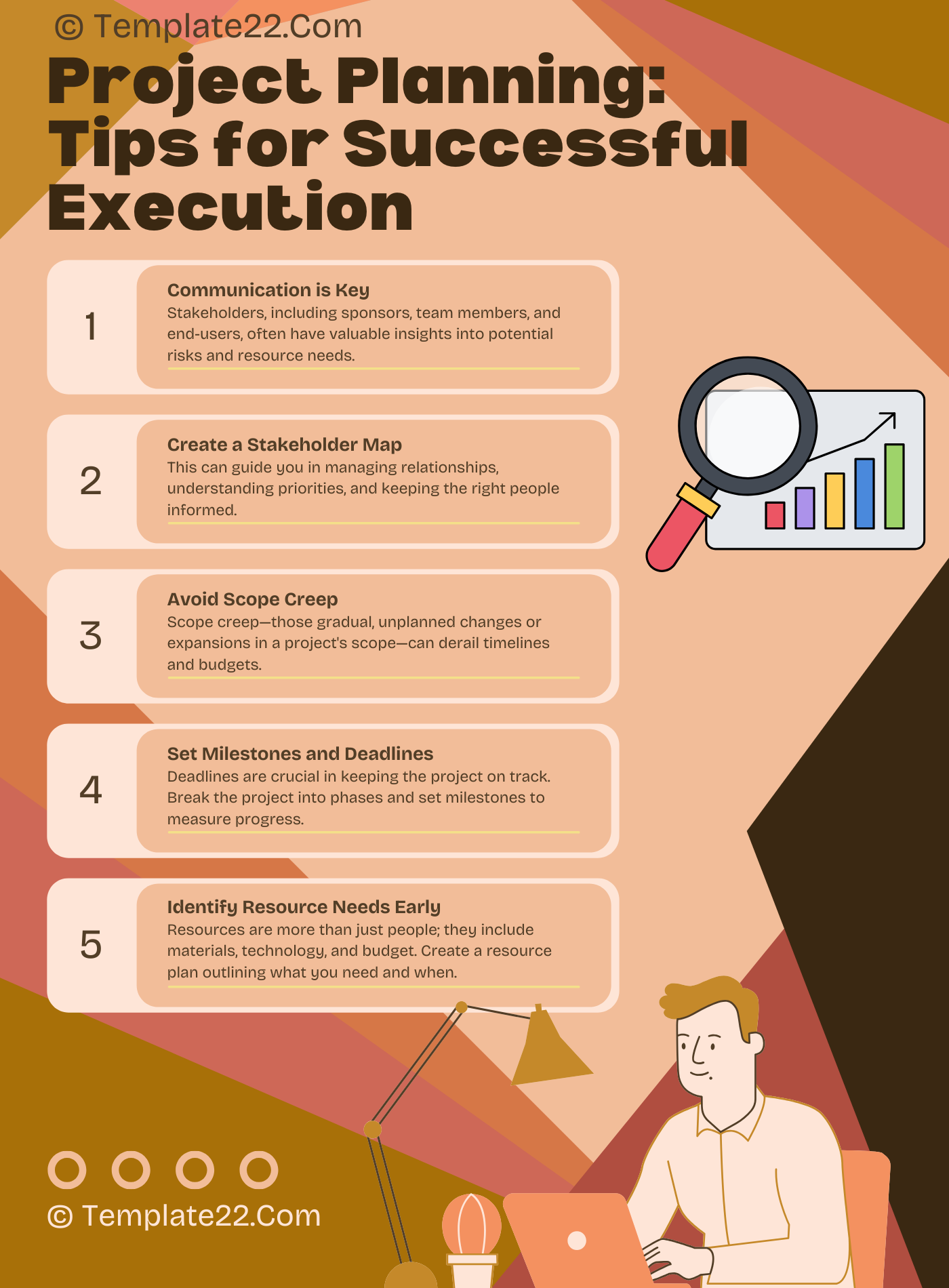 Effective project planning can be the difference between a project that moves smoothly from start to finish and one that constantly battles roadblocks. Whether you’re a seasoned project manager or just stepping into the world of project planning, a strategic approach can streamline the process and lead to measurable success. Here are some valuable tips to help ensure your project is executed flawlessly.
Effective project planning can be the difference between a project that moves smoothly from start to finish and one that constantly battles roadblocks. Whether you’re a seasoned project manager or just stepping into the world of project planning, a strategic approach can streamline the process and lead to measurable success. Here are some valuable tips to help ensure your project is executed flawlessly.
1. Start with Clear Goals and Objectives
Define What Success Looks Like
Before you begin planning, it’s essential to clarify what you hope to achieve. Ask yourself and your stakeholders questions like:
- What is the purpose of this project?
- What problem are we solving?
- How will we measure success?
Having well-defined goals helps keep everyone focused and provides a clear direction. Make sure your objectives are SMART—Specific, Measurable, Achievable, Relevant, and Time-bound. This framework will help you create a project that aligns with organizational goals and is grounded in reality.
2. Engage Stakeholders Early On
Communication is Key
Engaging stakeholders at the early stages of project planning can save you headaches down the line. Stakeholders, including sponsors, team members, and end-users, often have valuable insights into potential risks and resource needs. Conduct initial meetings to gather their input, align expectations, and gain their buy-in.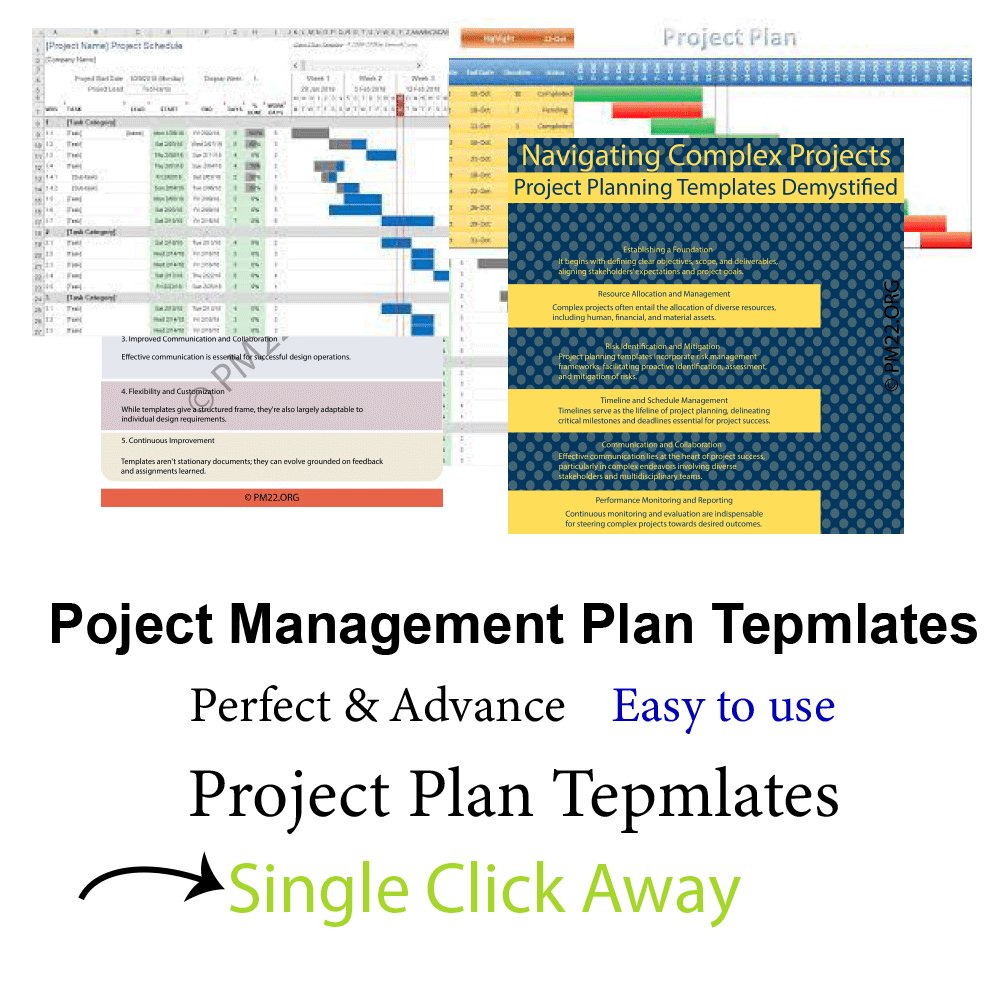
Create a Stakeholder Map
A stakeholder map will help you identify everyone impacted by the project. This can guide you in managing relationships, understanding priorities, and keeping the right people informed.
3. Break Down the Project Scope
Avoid Scope Creep
Scope creep—those gradual, unplanned changes or expansions in a project’s scope—can derail timelines and budgets. To prevent this, clearly outline the project’s deliverables and boundaries. Ask:
- What is included in the project?
- What is not included?
Once you define the project’s scope, break it down into smaller, manageable tasks. This approach, often referred to as creating a Work Breakdown Structure (WBS), allows you to identify each part of the project and the resources required for it.
4. Develop a Realistic Timeline
Set Milestones and Deadlines
Deadlines are crucial in keeping the project on track. Break the project into phases and set milestones to measure progress. Each milestone should be a checkpoint that ensures the project is advancing as planned.
Factor in Buffer Time
Sometimes, unexpected events disrupt timelines. By building buffer time into your schedule, you create a cushion for delays without affecting the overall deadline. This will be a lifesaver when unexpected issues arise.
CLICK HERE TO DOWNLOAD 300+ PROJECT MANAGEMENT TEMPLATES & DOCUMENTS IN EXCEL
5. Allocate Resources Wisely
Identify Resource Needs Early
Resources are more than just people; they include materials, technology, and budget. Create a resource plan outlining what you need and when. If you foresee resource constraints, consider alternatives or adjustments to the timeline to avoid bottlenecks.
Monitor Resource Usage Throughout the Project
Regularly track the usage of resources to avoid over-allocation or under-utilization. Tools like Gantt charts or project management software can help you visualize the allocation of resources across tasks, ensuring you’re prepared for every phase of the project.
6. Anticipate Risks and Plan Mitigations
Conduct a Risk Assessment
Risk management is a key aspect of project planning. Identify potential risks that could impact the project’s progress, budget, or quality. Common risks might include resource shortages, technical challenges, or vendor delays. Document these risks and brainstorm mitigation strategies.
Prepare a Risk Mitigation Plan
For each risk, develop a mitigation plan. This plan should outline specific actions to take if the risk materializes. A well-thought-out risk management plan can prevent small issues from becoming major setbacks, allowing your team to respond to unexpected changes with confidence.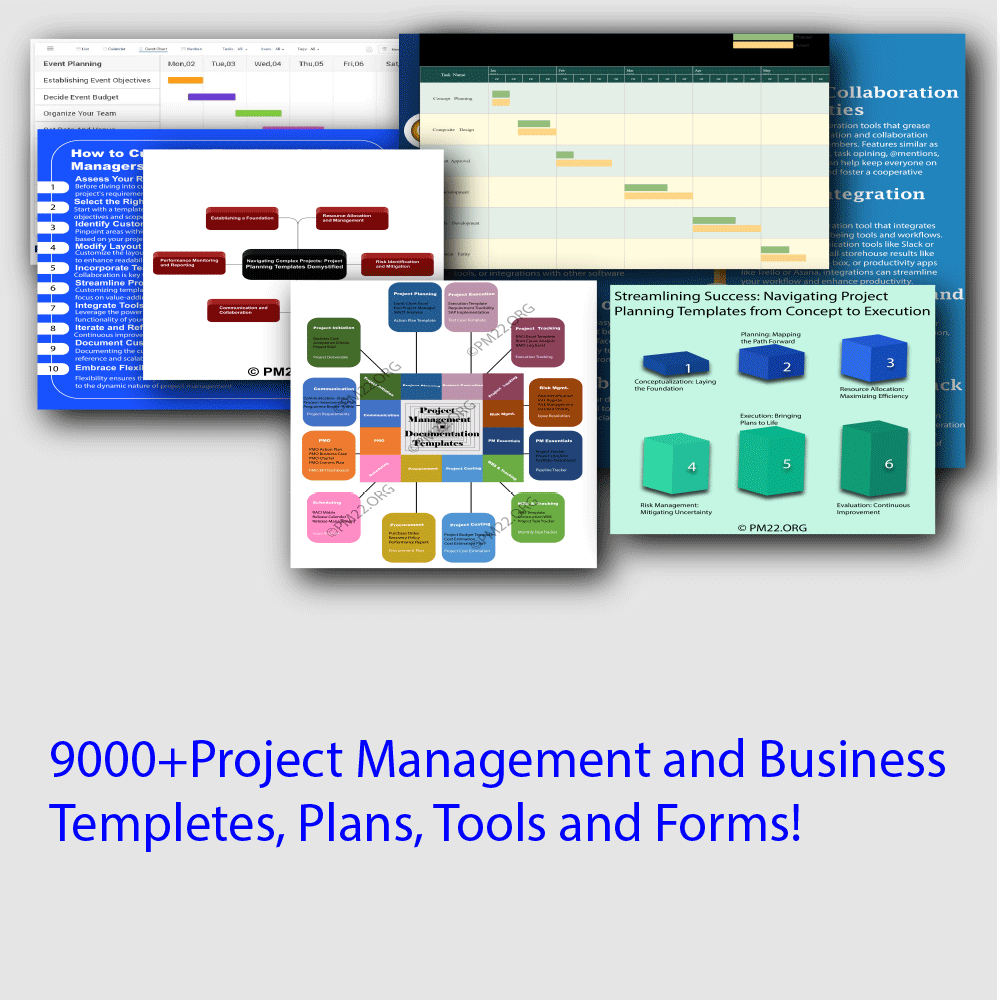
7. Prioritize Communication and Collaboration
Establish Clear Communication Channels
Effective communication is a major contributor to successful project execution. Establish regular check-ins and use collaborative tools that enable easy updates and information sharing. Tools like Slack, Microsoft Teams, or Trello can help maintain transparency and ensure that everyone is on the same page.
Promote a Collaborative Culture
Foster an environment where team members feel comfortable sharing ideas and voicing concerns. This openness can help the team tackle challenges proactively, making adjustments as needed to keep the project on track.
8. Monitor Progress Regularly
Track Milestones and Adjust as Needed
Consistently monitoring the progress of your project against the planned milestones helps ensure you’re on target. During these reviews, check if any adjustments are needed. If you’re falling behind, assess if additional resources or reallocation is necessary.
Use Project Management Tools
Tools like Asana, Monday.com, or Microsoft Project allow you to track progress, allocate resources, and adjust timelines. These platforms offer a transparent view of project status and can help you identify bottlenecks early.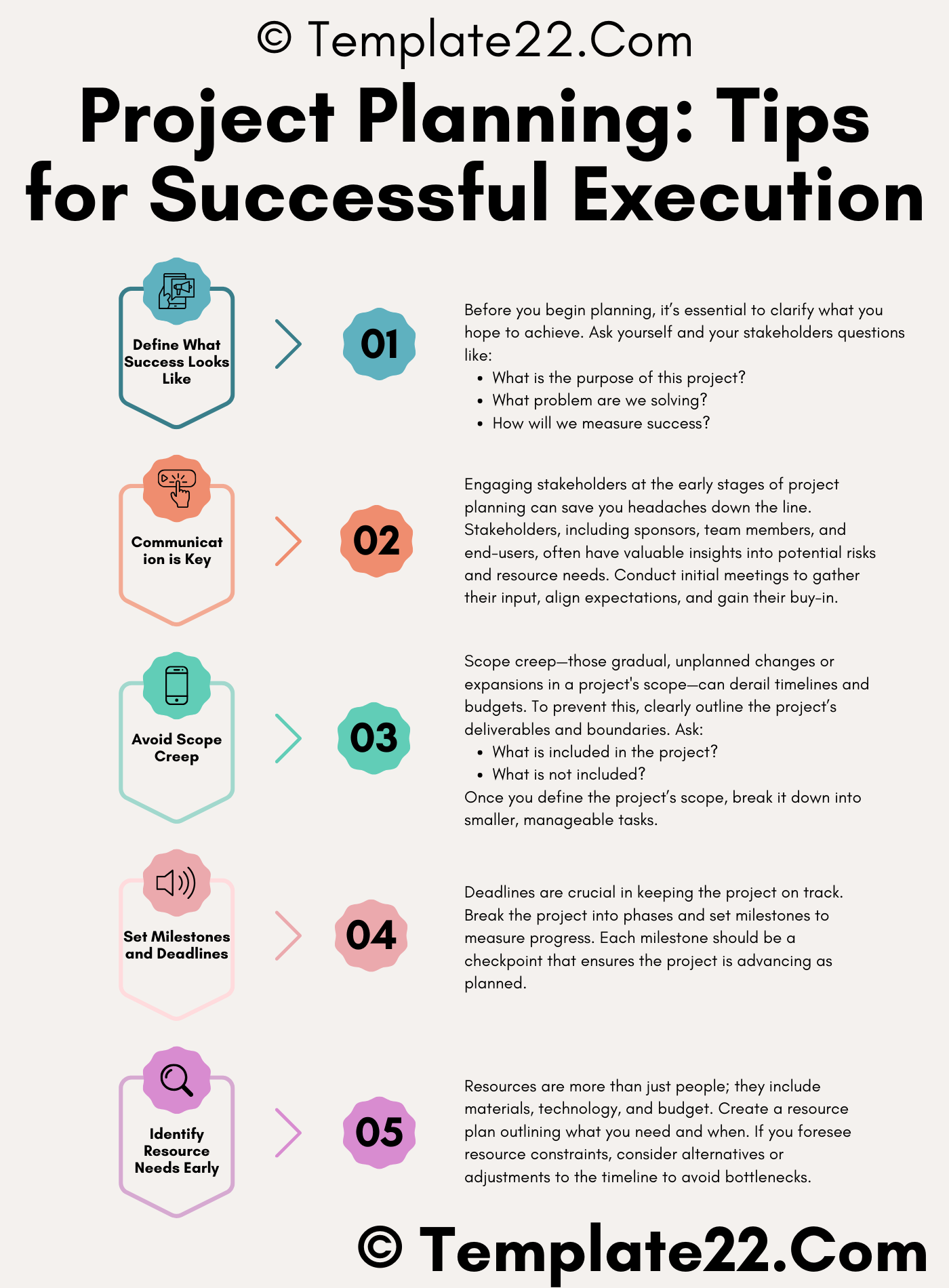
9. Gather Feedback and Review
Review the Project Outcomes
At the end of the project, gather feedback from your team and stakeholders. What went well? What could have been better? Use these insights to improve future projects.
Conduct a Lessons-Learned Session
Post-project review sessions provide valuable learning experiences. Document both successful strategies and areas that need improvement. This record will be a reference for future projects, helping to avoid repeated mistakes and replicate successful tactics.
10. Celebrate Success and Recognize Contributions
Acknowledge the Team’s Effort
Once the project is complete, take time to celebrate the team’s hard work. Recognize individual and group achievements, as this boosts morale and encourages a positive environment for future projects.
CLICK HERE TO DOWNLOAD 300+ PROJECT MANAGEMENT TEMPLATES & DOCUMENTS IN EXCEL
Show Appreciation to Stakeholders
Thank stakeholders for their support and involvement. Acknowledging their role in the project’s success fosters goodwill and can strengthen relationships for future collaborations.
Final Thoughts
Successful project execution relies heavily on thorough planning and effective communication. By setting clear goals, managing resources, anticipating risks, and keeping everyone engaged, you’ll create a roadmap that guides your project to a successful finish. With these strategies, you’re well-equipped to tackle challenges and achieve results that make a lasting impact.
